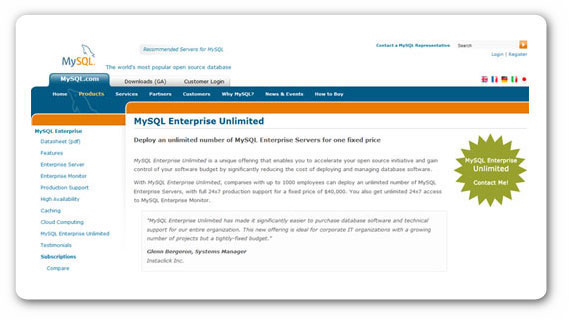Small Talk For Geeks
"Am I in the call?" - that is the question someone I knew first asked when he dialed into a conference call with a client of ours. This guy was a geek and like most geeks he lacked the fundamentals of starting a discussion that revolved around small talk.
"Ok, Is there anything else we want to discuss or should we end the call?" - was a question I saw another geek ask smack in the middle of a conference call where folks were discussing the weather in and around California.

Awkward moments.
Sounds of chirping.
Most geeks around the world are notoriously famous for not going with the flow when it comes to discussions leading to an impression that geeks don't give a shit about anything other than programming or code.
The geek on the the other hand is not evil. He expects that sooner or later, as a few awkward minutes pass by, the discussion will steer towards code, design or what he does. That is when he expects to jump in and connect.
This of course, invariably never happens. After you have blurted a few awkward remarks and have created a few silent moments in your first few meetings you have invariably drawn a wall that will keep your clients, your managers or the suits away from you. This is not personal. They just think you are an arrogant pompous jerk.
You made yourself look like a freak.
The beauty of being a geek however, is that you are blessed with a strange way of looking at things from a systemic problem solving perspective. Think of small talk as a problem you need to solve. Don't try to fumble with the problem as a standard human being who sucks at small talk. Do it as a full time geek dissecting the problem with the intent of debugging it. Typically, solving this problem involves three fundamental steps.
First is content. The second is practice. The third is application of that practice.
Content is usually the easiest to part to figure out. This is where what you already know comes into play. Follow the right guys on Twitter and glance through just a dozen tweets a day. Subscribe to a few RSS channels. You have enough information to start discussion on the typical hot news small talk topics.
The second is practice. This is where it gets interesting. This is what close acquaintances are for. This is where daily meetings and status calls become good. These are your own managers. People you know. People you can fail in front of. People you are comfortable with. Of course you don't have to tell them you are using them to practice small talk.
I'd say it takes anything between a hundred to three hundred hours of discussion before you will suddenly realize that you can talk for hours about things you know nothing about. This is when you will be able to steer the discussion flawlessly and let the other person speak, by just adding "oh really?", "that's interesting", "I did not know that".
You are not just making the other person comfortable but you are doing something which is very important in the system of conversation.
You are now gathering content from discussions.
The same content that will be thrown at your clients and others when you move to the application phase of training.
The application of this practice is rather interesting. If you have spent some basic time and effort in gathering content and have a couple of hundred hours of practice behind you, small talk should no longer sound like small talk. It should seem and feel like a discussion. The geek within you still knows you are wasting your time with quite a few of these discussions, but he has learnt how to hack it. He knows how to hate it without making it evident that you actually hate it.
Chances are that by now you have actually started liking some parts of it. Chances are that you are now explaining parts of the system to your managers and your clients in simple, precise, direct terms that help them understand things. What is interesting is that they are listening to you now. Chances are that they see you as a smart individual with innovative ideas and not the freak who gets on a call and asks when it is going to end.
Then when you suddenly learn something new from these discussions and realize that your clients and managers are just as smart as you are, only in a different way, you have taken your first step at bridging the gap between clients, management and those pesky developers.
Congratulations.
Now the only thing you need to be careful of is that you don't get carried away with it and that you do not overdo it.







Comments are closed.